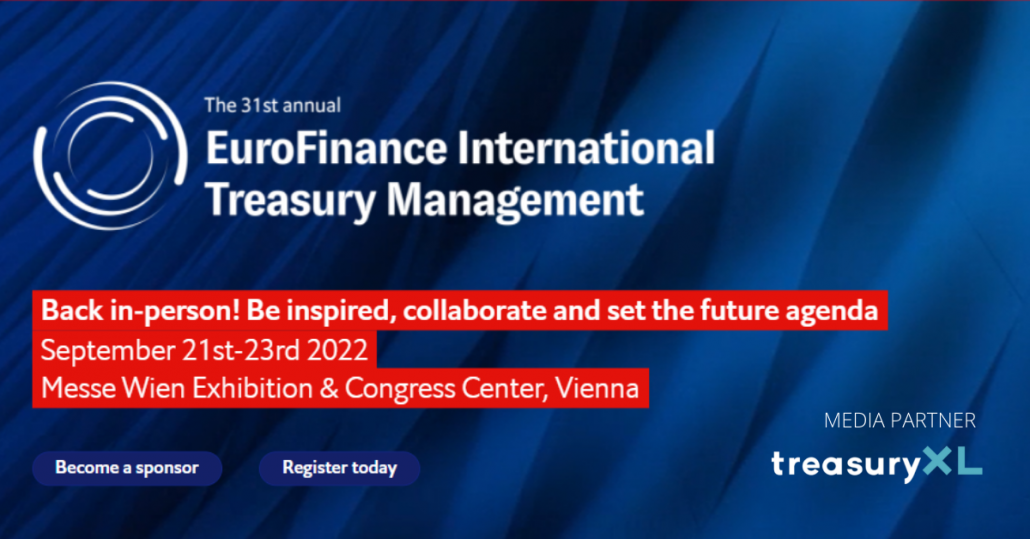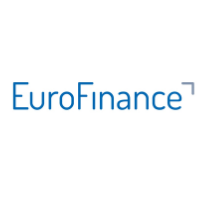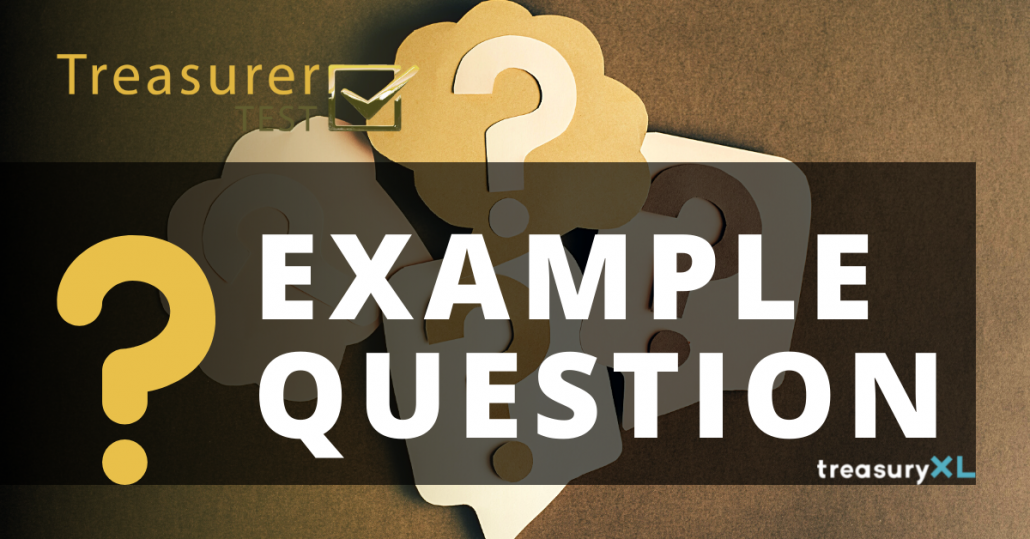30-03-2022 | treasuryXL | Nomentia | LinkedIn |
What are the top 6 benefits of an in-house bank?
Among the many benefits of implementing an in-house bank, centralized control, improved liquidity management, reduced banking fees, automated bookkeeping, globally harmonized payment processes and full visibility into subsidiary balances are perhaps the most important ones that organizations can realize.
1. Centralized control
Centralized control by the group is by far the biggest benefit of adopting an in-house bank to help with topics such as global payment processes, financing, investments, corporate-wide FX risk exposures, and hedging.
An in-house bank is especially favorable for companies with large amounts of cash or when there’s a constant need to move money between subsidiaries and the group. While the group gains a bigger control, business units and subsidiaries will have their own sub-accounts within the in-house banks. The balance limits are set and reviewed centrally based on the organization’s treasury policy by the group.
The group will be able to minimize global payments that include foreign exchange or cross-border payment fees as all the transactions can be conducted centrally instead of going through local payment processing third parties. With an in-house bank, there’s clearer visibility into the overall net positions per currency to manage and it’s possible to hedge FX risk at the group level for currency protection and fewer hedging transactions.
Also, subsidiaries do not necessarily need to go to banks for loans, but instead, the loan can be funded by the organization. Lending money to the subsidiaries can be significantly cheaper than paying high-interest rates to a third party like a bank or a creditor. Centralizing the internal financing to the in-house bank provides an easy way to document the processes for compliance as well as the process becomes more simple as all the applications will go through the group.
With a centralized in-house bank, treasury will have greater control over all the treasury processes, and this could significantly improve the liquidity position of the company.
2. Improved liquidity management
Through the in-house bank, liquidity can be centrally managed and the group can decide whether external funding is required based on the cash position. With centralized reporting, the group does not only have better real-time visibility into the available cash, but decision-making becomes faster as the result of the available information. This is also beneficial for subsidiaries and business units as they will be able to receive funds a lot faster as a result of the automated cash pooling. This also ensures that there is adequate liquidity when and where it is needed instead of having excess amounts of cash on the accounts of subsidiaries that do not necessarily need the money at that point.
Of course, from time to time, organizations still need external funding for investments, but then it’s also easier to qualify for funding with better terms as a group than as a stand-alone subsidiary.
3. Reduced banking costs & fewer banking partners
Getting started with an in-house bank will mean that the external banking cost will be reduced to the minimum so it’s a lot more cost-effective than using external banks globally. It’s also possible to save on bank transaction fees since the internal transactions do not need to go through external banking partners.
Centralizing the banking relationship management to group treasury can also increase negotiating power, so the enterprise can get better prices and improved services.
4. Automated reconciliation and improved month-end process activities
In-house bank users can auto-reconcile incoming payments and collections for higher efficiency. In a similar manner, inter-company cash flows can be also executed and posted. Balance reconciliation and reporting can be automated by fetching all account statements from the banks and allocating the transactions to the subsidiary’s in-house bank accounts. The rules of allocation can be set on a bank, company, or even an account level.
5. Harmonized payment processes for all internal, external, and on-behalf-of payments
Using an in-house bank can remove the need for a separate netting solution. Instead, with an in-house bank, you can create the exact same process both for internal and external payments. When the internal payments remain internal and they do not require receivable-driven netting, you gain benefits such as always up-to-date bank account statements and fully automated reconciliation of internal transactions.
Subsidiaries also benefit from the harmonized payment processes. They won’t lose value dates and the month-end closing can be automated.
Payments-on-behalf-of (POBO) minimize the reliance on external bank accounts by subsidiaries. With POBO, subsidiaries continue to process payments in the same way as before while using the debtor’s in-house bank account number.
With Collections-on-behalf-of (COBO), it’s possible to define allocation rules based on transaction details to allocate cash to in-house bank accounts. With virtual bank accounts offered by external banks, it is easy to set up an automated COBO process.
6. Full visibility on subsidiary balances
Without a centralized control that an in-house bank offers, the group treasury has often had the challenge of the lack of visibility into the cash balances of the subsidiaries. With an in-house bank, it’s possible to manage multiple cash pools to gain full visibility on subsidiary balances.
It is more beneficial to pool all cash and credit balances instead of having cash lying idle on the accounts of the subsidiaries. Business units may run net credit or debit balances in the subaccounts and either earn or pay interest on the net debit/credit balances.
When the group needs to borrow money to the business units, they can set their own interest rates that can even vary based on the subsidiary’s size and profile.
Should you implement an in-house bank?
There’s no simple answer to this question. It should be a strategic decision and should be aligned with your organization’s roadmap.
To identify whether the in-house bank is the right solution for you, carefully evaluate your current processes: what is working and what could be improved? Could some of the above-mentioned benefits make your operations more profitable by controlling the organization’s cash centrally?
Of course, you may already have a good solution for example for liquidity or bank fee management, but if you have business units and subsidiaries globally and you are going to invest heavily in development, you deal with local taxation, transfer pricing, you may want to consider the option of implementing an in-house bank in the near future.
Before you make a decision, you should also be aware of the regulations of all the countries you are operating in, whether POBO & COBO are allowed in those countries, and what paperwork you need to move forward with an in-house bank.
Implementing an in-house bank is a significant undertaking as it will require buy-in from many departments, however, in the long-term, you will be able to build better processes, improve visibility, and save money.














